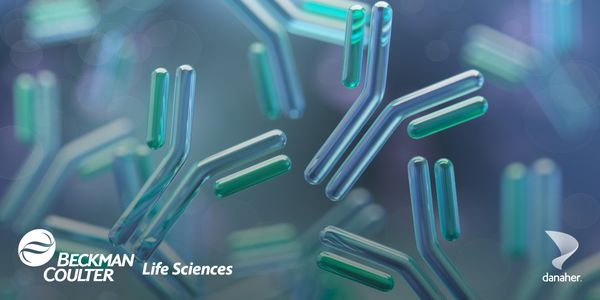
Keynote Presentation: Profiling of Receptor Complexes using BRET
-
Professor Kevin Pfleger, MA, PhD, FBPhS
Director, Biomedical and Health Innovation, The University of Western Australia and WA Life Sciences Innovation Hub; President, Australasian Society of Clinical and Experimental Pharmacologists and Toxicologists (ASCEPT); Head, Molecular Endocrinology and Pharmacology, Harry Perkins Institute of Medical Research (Centre for Medical Research, The University of Western Australia); Deputy Director & UWA Node Leader, ARC Centre for Personalised Therapeutics TechnologiesBIOGRAPHY
Receptors that respond to hormones, neurotransmitters, chemokines and growth factors traffic to the cell surface where they are activated by ligands and signal via coupling to molecules such as G proteins or Grb2. For most G protein-coupled receptors (GPCRs), arrestins then bind and inhibit plasma membrane G protein coupling, facilitate internalization via clathrin-mediated endocystosis, and potentially generate a secondary signalling complex. Signalling potentially continues in endosomes, and receptors are then either recycled to the cell surface or are targeted for degradation. Furthermore, heteromerization can lead to transactivation, transinhibition, or modulation of receptor signalling pathways. Because of the importance of kinetics, being able to measure receptor function in live cells and in real time is highly advantageous, and this can be achieved through the use of technologies such as bioluminescence resonance energy transfer (BRET). BRET uses a donor luciferase enzyme fused to a protein of interest that transfers resonance energy to an acceptor, such as a small fluorescent moiety like BODIPY, or a derivative of green fluorescent protein like Venus. This only occurs if donor and acceptor are within 10 nm of each other. We have utilised BRET to monitor ligand binding, G protein and Grb2 coupling, arrestin recruitment and receptor trafficking. We have done this both with transient transfection and through tagging endogenous receptors with luciferase using CRISPR/Cas9 gene editing. We have also assessed numerous heteromer complexes, and our molecular pharmacology investigations have provided the rationale for both pre-clinical and clinical studies.
Learning Objectives:
1. Explain how the bioluminescence resonance energy transfer (BRET) technology can be used to monitor receptor complexes
2. Explain the implications of receptor heteromerization and how it can be investigated.
3. Explain the benefits of utilizing CRISPR/Cas9 to enable assessment of proteins under endogenous promotion.
Please update your information
Certificate of Participation
DOWNLOAD CERTIFICATE






